Notes:
The manufacturer recommends using an ethylene glycol based coolant (antifreeze).
Check the coolant level on the Nissan Note only on a cold engine.
Do not mix liquids of different colors and brands. If you do not know the brand of the filled fluid, replace all the fluid in the Nissan Note cooling system.
Only use products from trusted manufacturers. Remember that using poor quality coolant will result in costly engine repairs!
Checking the coolant level on the Nissan Note
1. Park the vehicle on a level surface and open the hood. The expansion tank is installed in the front of the engine compartment on the right (when standing in front of the car).
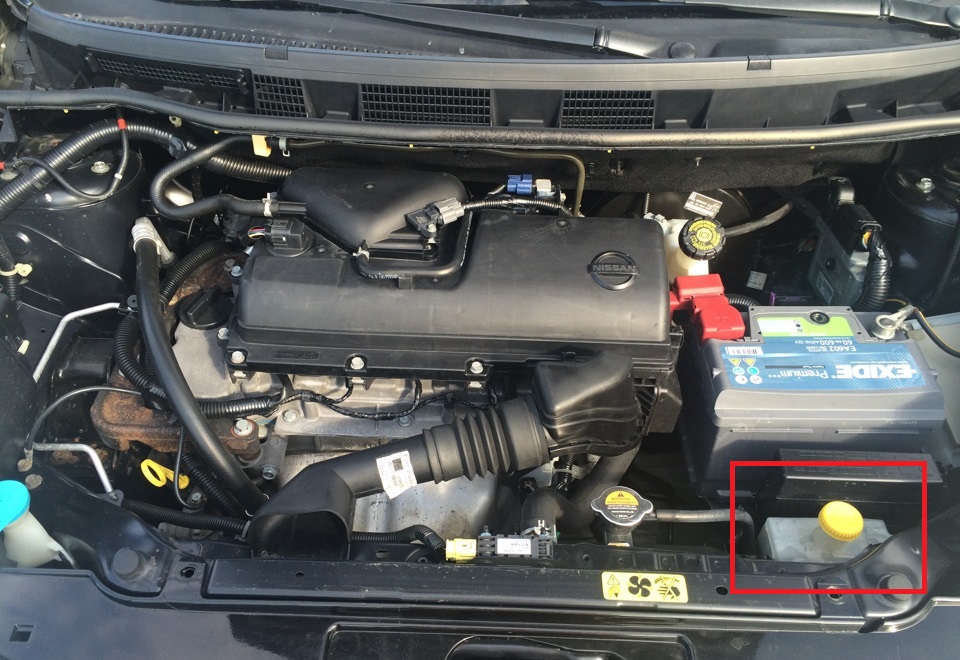
2. The coolant level on the Nissan Note should be between the "MAX" and "MIN" marks on the wall of the expansion tank.
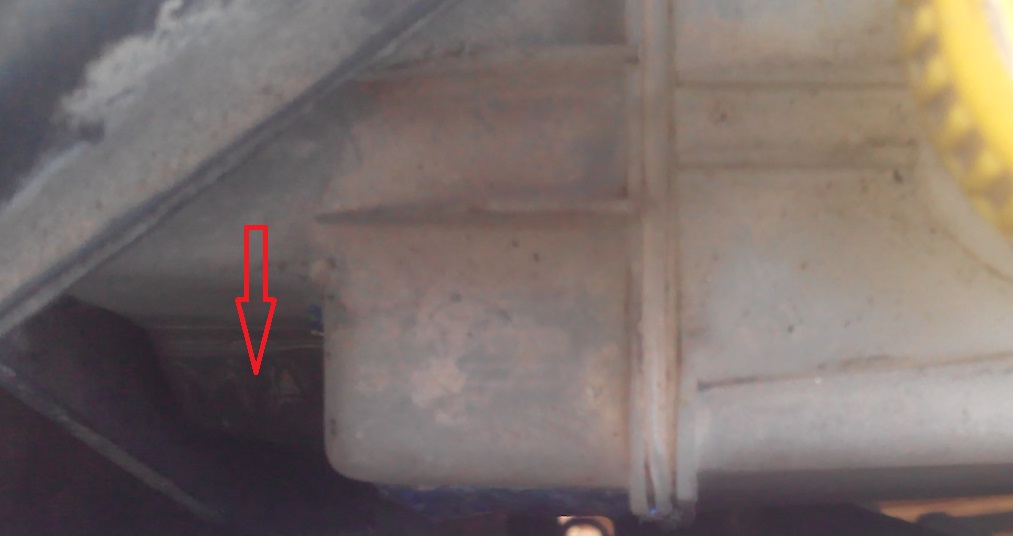
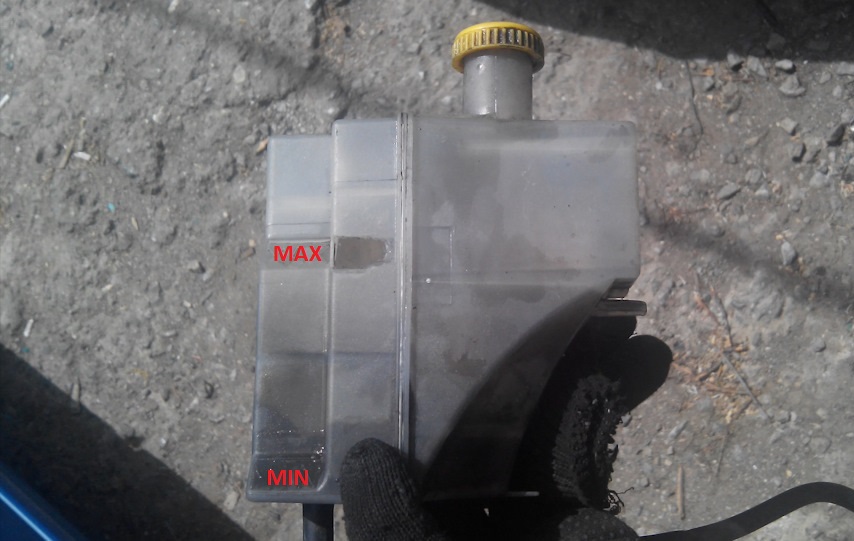
An example is shown on a removed expansion tank
Topping up coolant on Nissan Note
1. Unscrew the expansion tank cap by turning it counterclockwise.
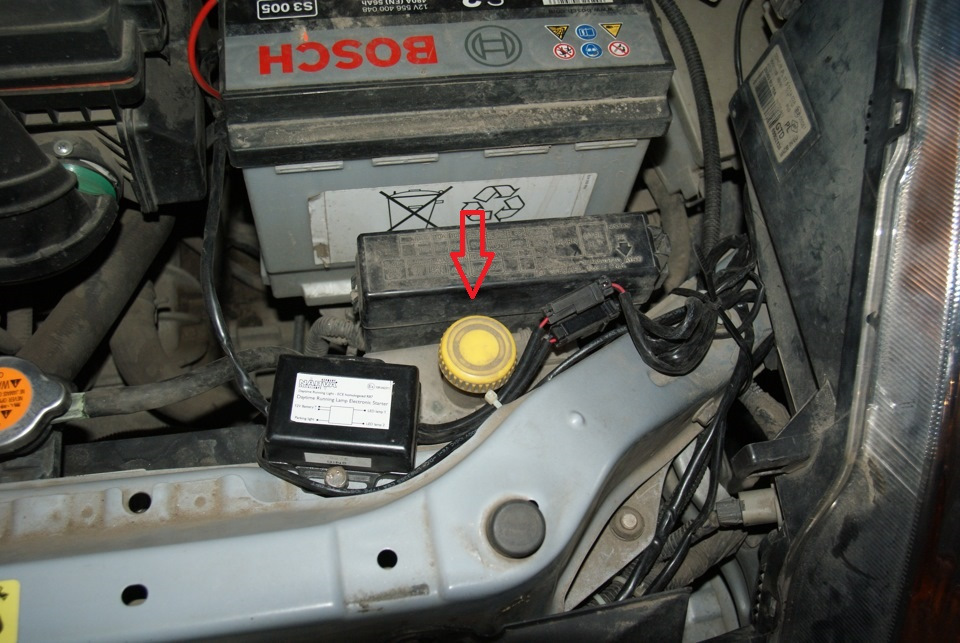
2. Insert a funnel and add coolant to the Nissan Note to the required level.
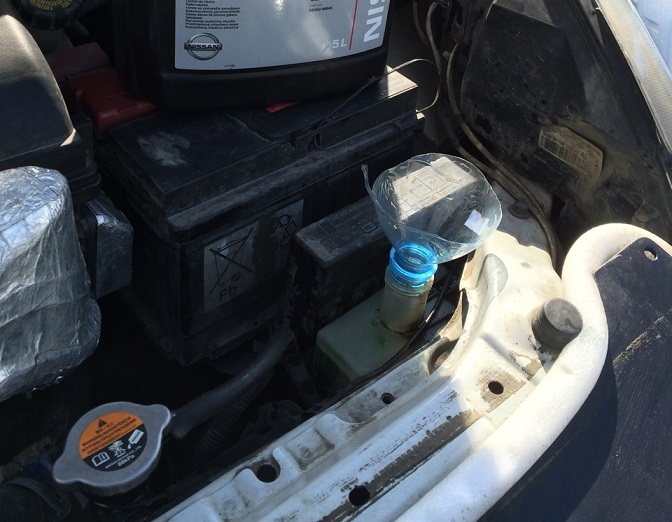
3. Tightly tighten the expansion tank cap. Coolant may leak from under a loose plug. Remove spilled liquid with a clean cloth.
Note:
If during the check it turned out that the coolant in the expansion tank of the Nissan Note is completely absent, check its presence in the radiator of the cooling system.
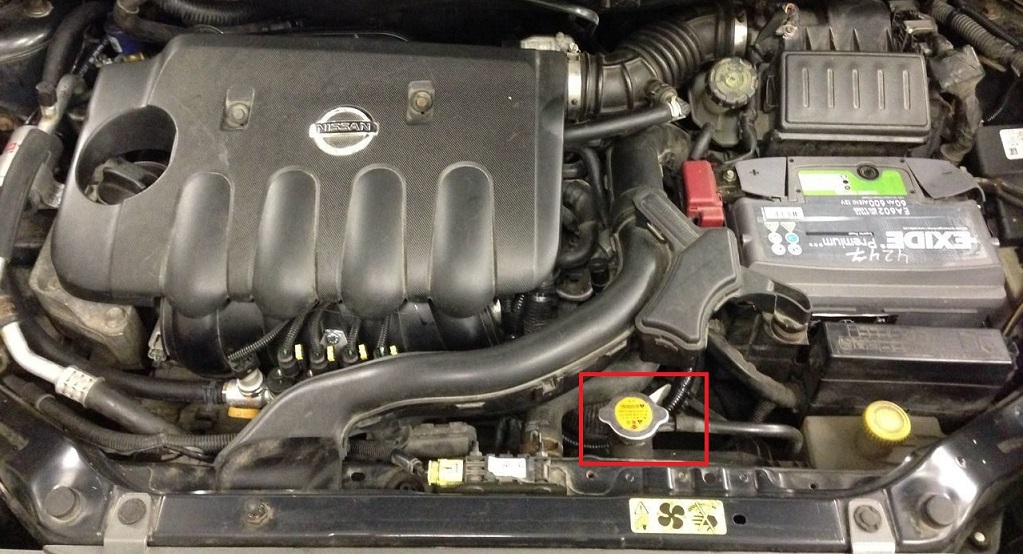
Checking the coolant level in the radiator of the cooling system Nissan Note
1. Turn the radiator filler cap counterclockwise and remove it.
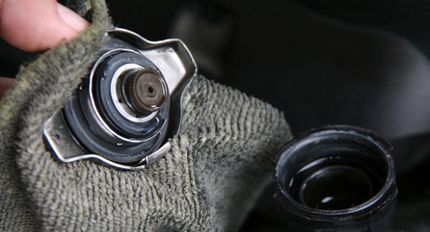
2. If necessary, add coolant Nissan Note up to the upper edge of the filler neck and tighten the plug tightly.
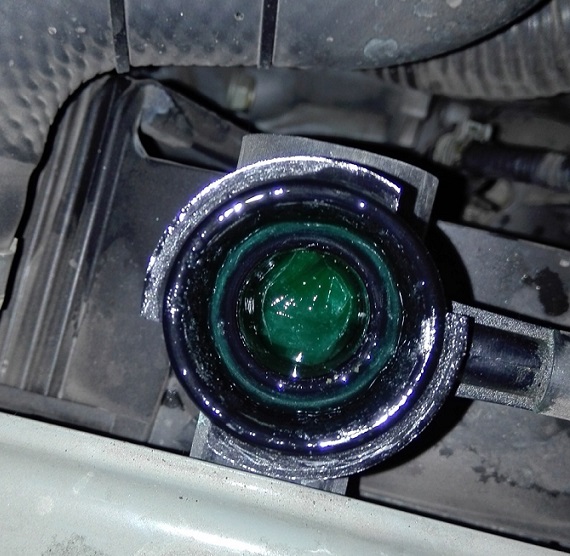
Note:
The cooling system is under pressure when the engine is running, therefore, from under a loose plug, coolant can flow out, or the plug can be ripped off.
3. Add antifreeze to the Nissan Note expansion tank to the required level.
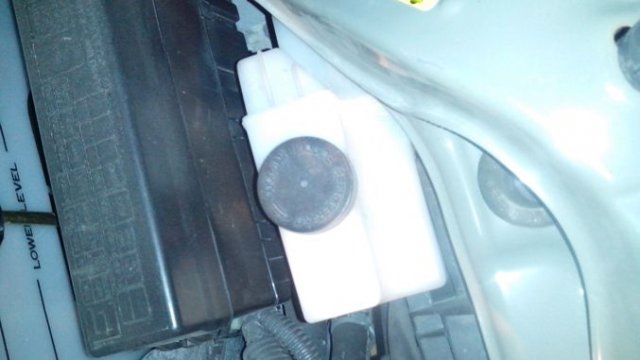
Useful advice:
Monitor the coolant level on the Nissan Note regularly. Its sharp decrease or increase should be a signal for an immediate check of the engine cooling system.
Source: carpedia.club
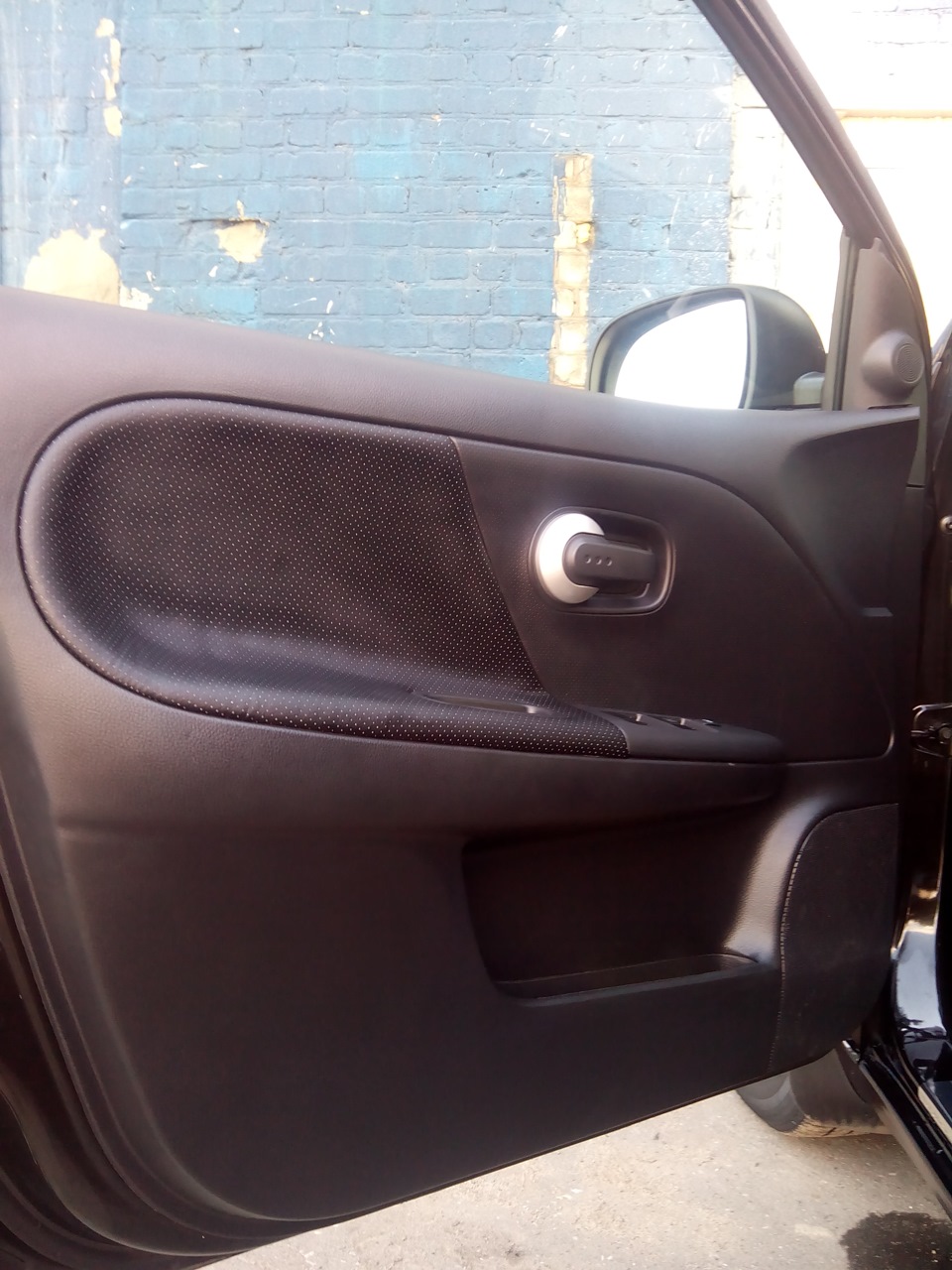
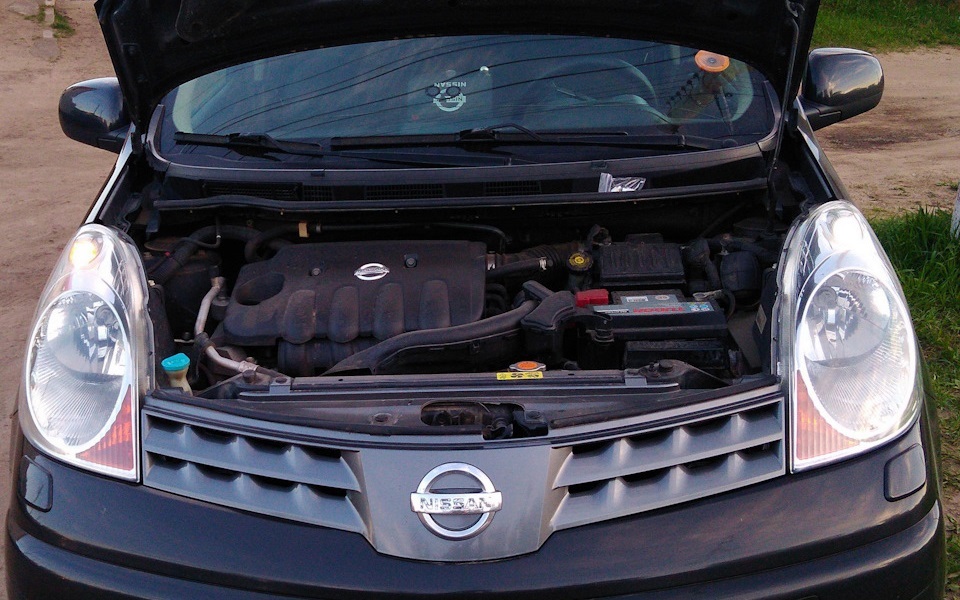
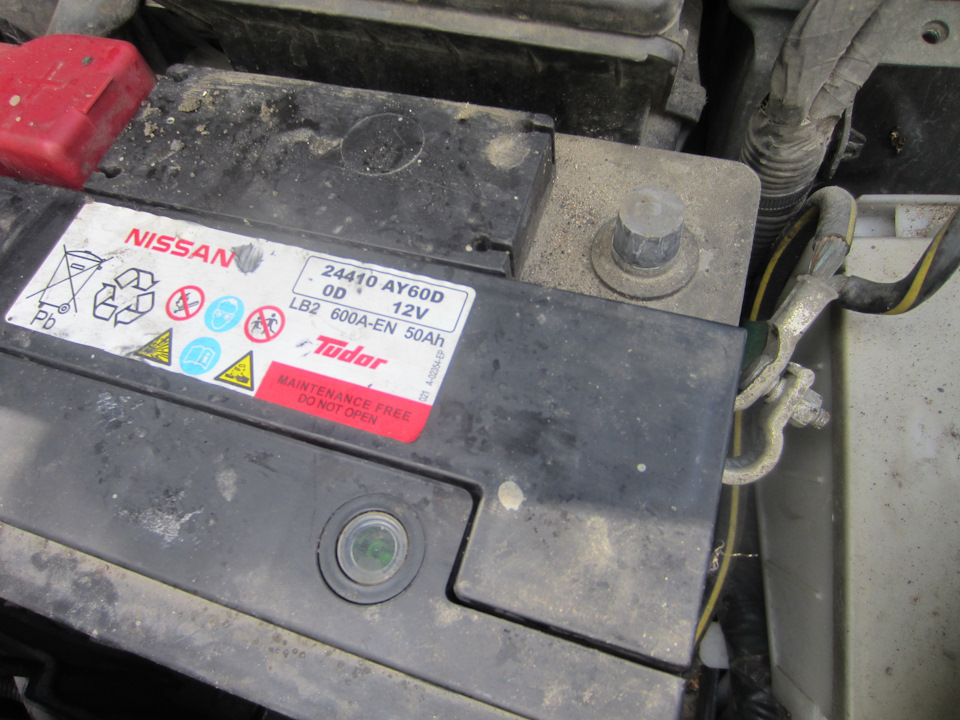
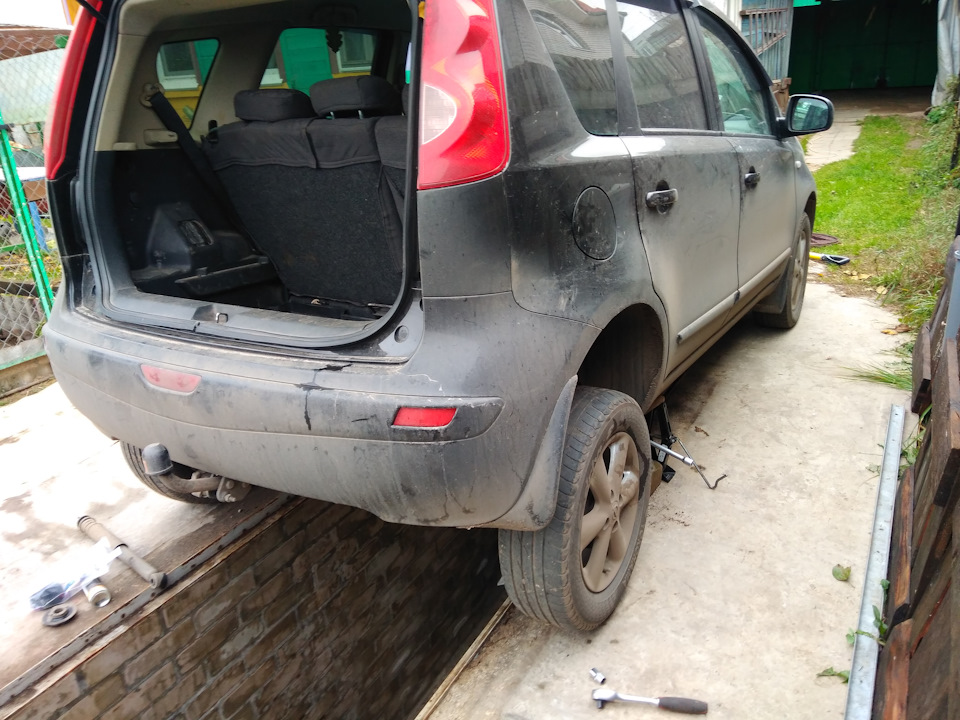
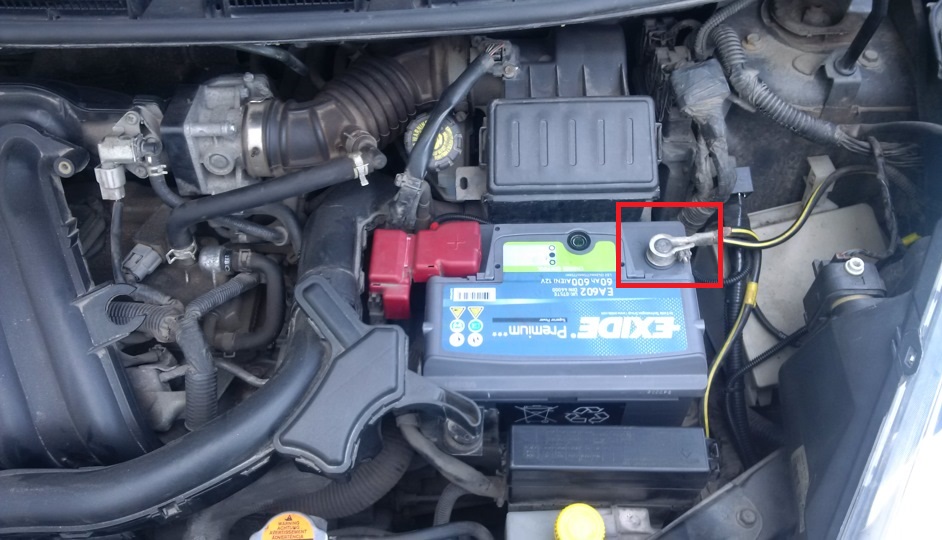
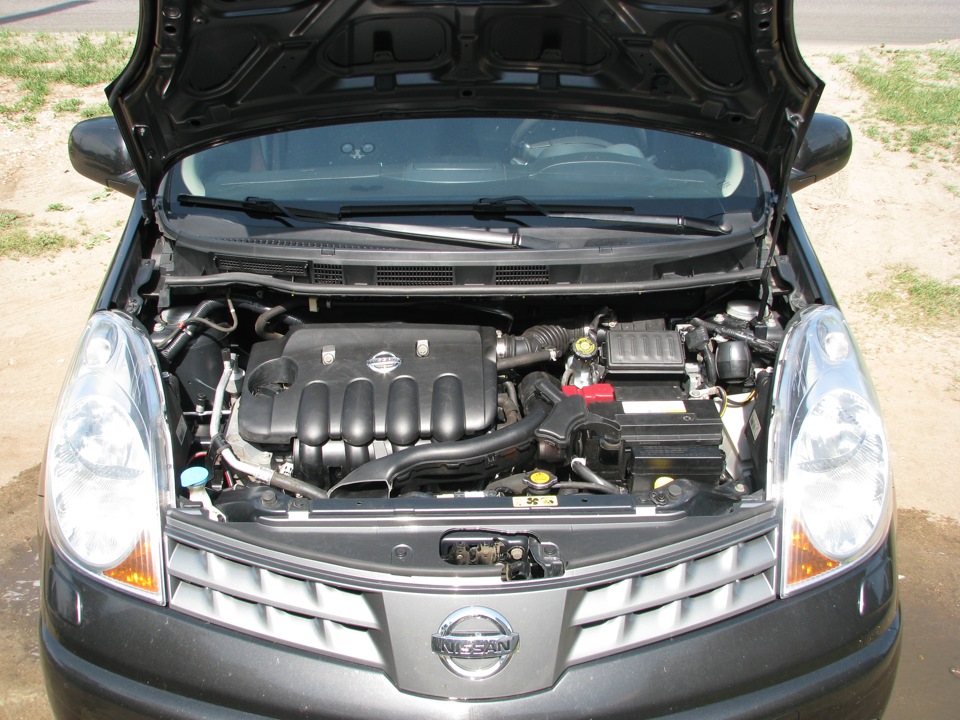
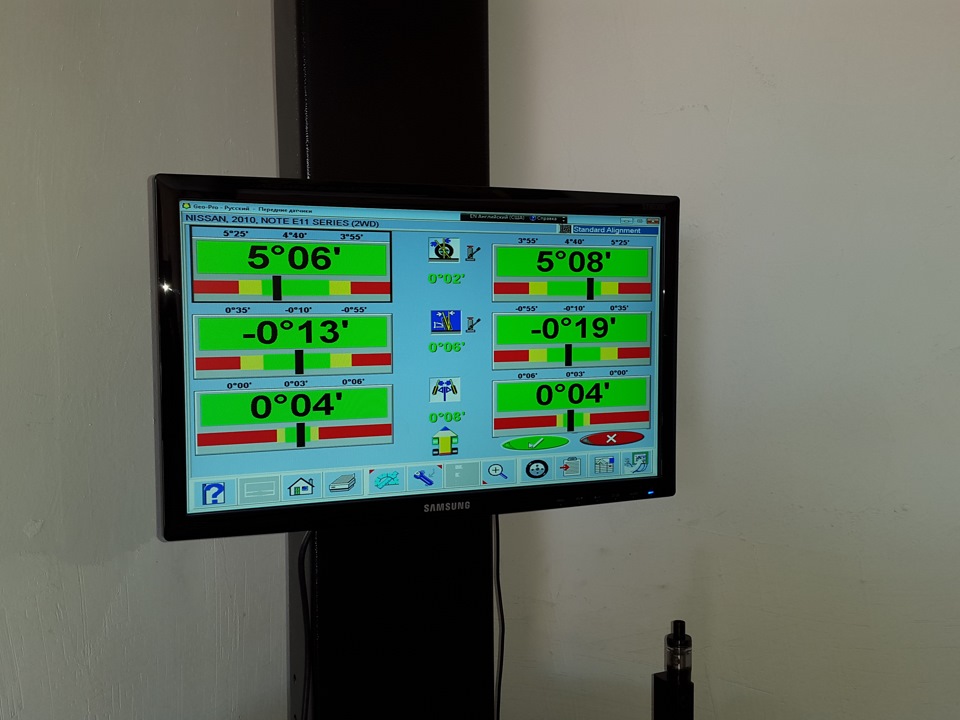
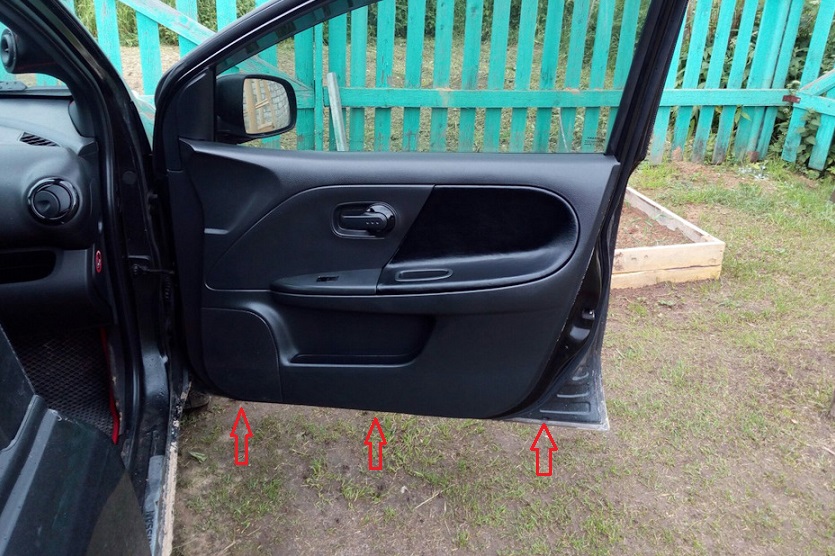
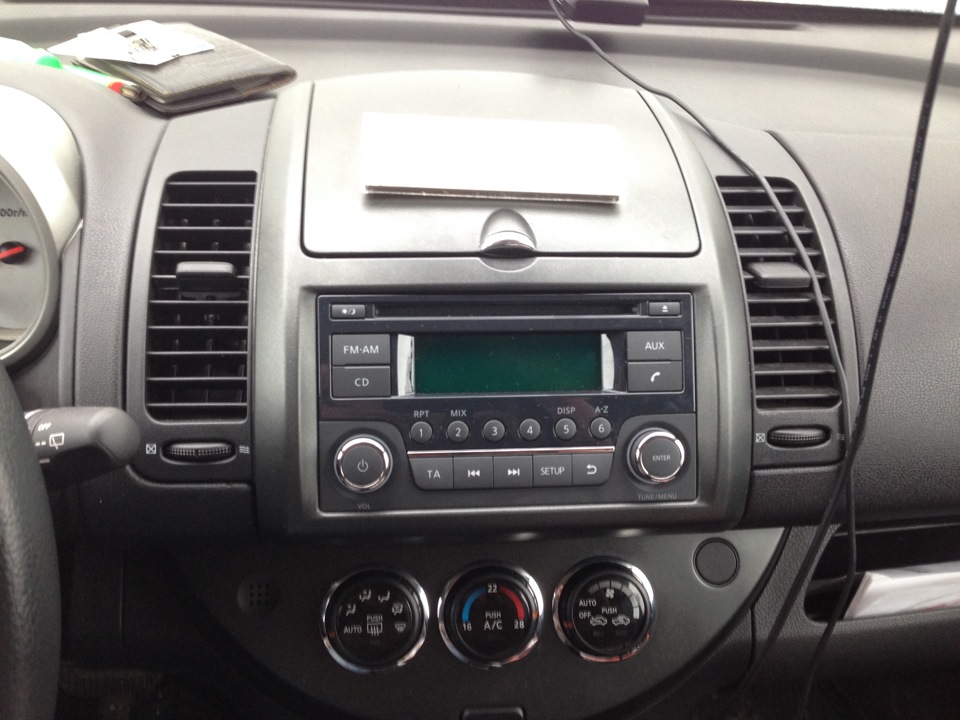

![E11 [2004 - 2012]](/uploads/Nissan_Note_2005_-_2014_E11.jpg)